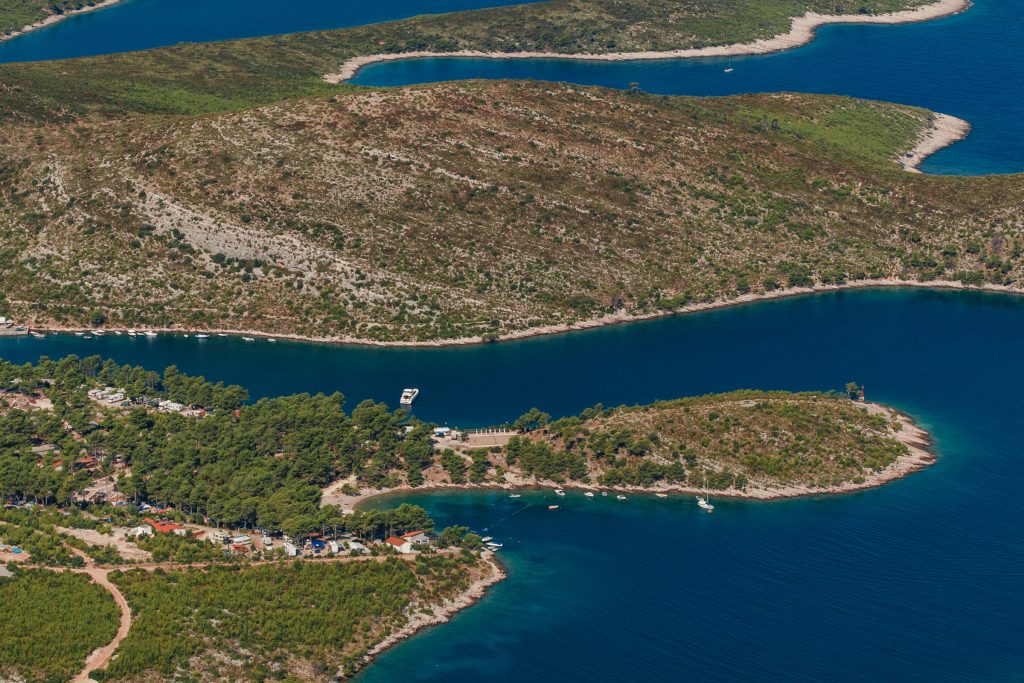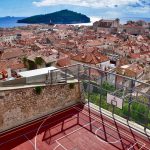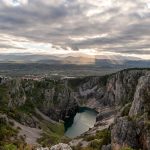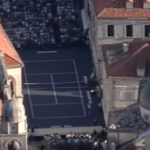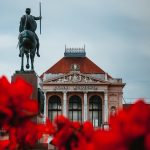April the 16th, 2024 – It has a football club for every 1108 inhabitants, a highly competitive league, and a football tradition dating back to 1913. Meet football on Hvar and the Forska Liga.
1911 is an important date in the history of Croatian football. For it was in this year that a few Croatian students in Prague went for a few beers in a pub called U Fleku and decided to form their own football club.
And so Hajduk Split, easily the most famous Croatian football club (and a club with arguably the most fascinating history in the world) was born.
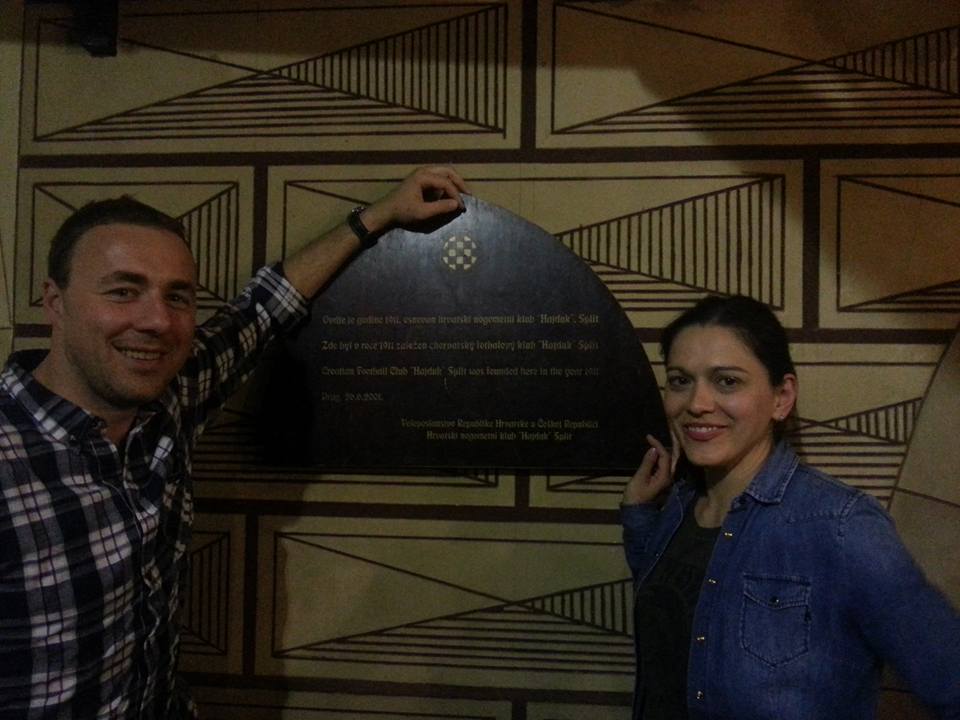
The club – and the pub – still exist today, and a plaque commemorating the event still exists today. It has become a must-visit for all Hajduk fans, and I am very grateful to former Croatian National Tourism Board director in Prague, Jelena Bilic, and her husband for taking me on the pilgrimage back in 2016.
But a date which is not quite as widely celebrated was two years later, 1913, for that was the year that the football tradition on the island of Hvar began with the founding of two clubs in Stari Grad, Balkan and Nois. A tradition which would take root to such an extent that a century later, as Hajduk spectacularly celebrated 100 years of existence (see the incredible scenes from Split in the video below), Hvar was also able to claim something incredible – not only a fully functioning island league called Forska Liga (For is the dialect word for Hvar), but the biggest number of football teams per capita in the world. An amazing one football team for 1100 people according to the 2011 census.
The Forska Liga did not start until 1969, having been made possible with the new road to Sucuraj, but there was an incredible number of football teams on such a small island before that, as this table from Island Hvar Info shows.
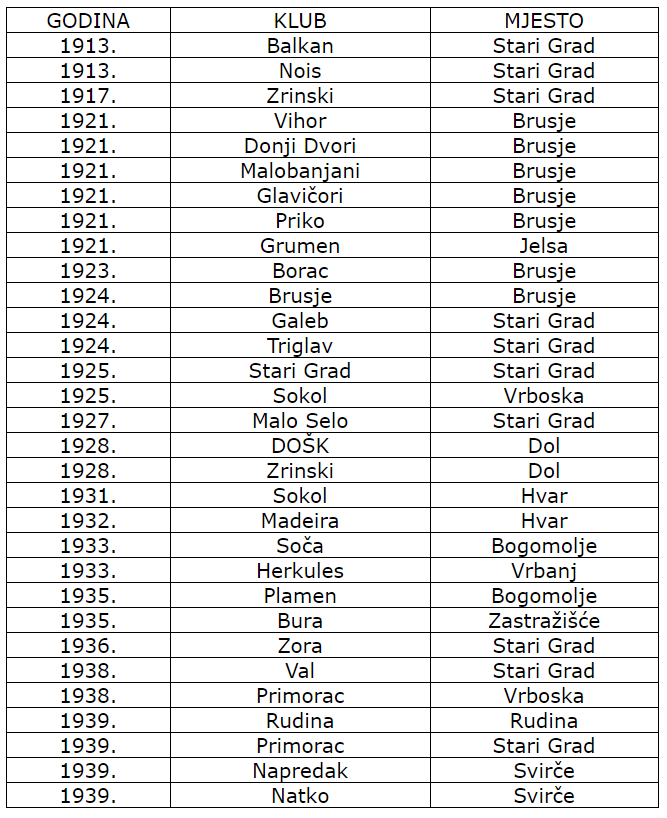
Five clubs from the village of Brusje in 1921 alone! Incredible.
The culture of competitive football on Dalmatian islands grew, and there was a competition in 1963/4 season which finished like this:
1. Hajduk Vela Luka
2. Omladinac Lastovo
3. Hvar
4. Brodograditelj Korčula
5. Zmaj Blato
6. Jadran Smokvica
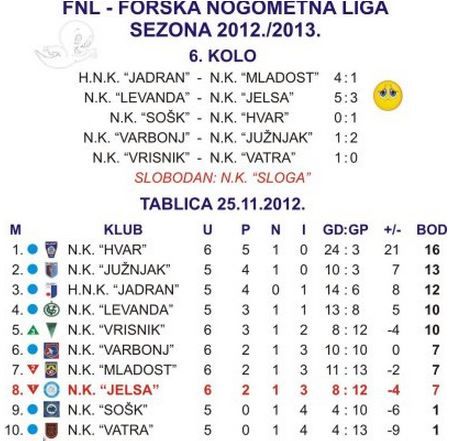
These days, and particularly after the Homeland War when the Forska Liga restarted, things were much more organised. I don’t know how many island leagues there are in the world, but I suspect not many. The Forska Liga takes place during the winter months, after the grape harvest and before Easter. There are currently ten clubs, who play each other home and away. Apart from the football, this is a very social event which brings islanders together during the long winter.
And the footballers’ wives play their part too. I have one such friend, who told me that the wives have the ‘honour’ of taking it in turns to wash the muddy football strips after every game.
When I started Total Hvar several years ago, I used to follow the Forska Liga quite closely and would always publish the results and table as soon as possible to get ahead of the other local portal. You can keep up with the latest on the Forska Liga on this dedicated Hajduk forum.
The Total Hvar coverage was not the only interest in the Forska Liga at that time. The 2011 season even had its own documentary, as Hvar TV followed the story of NK Levanda from Velo Grablje, a village with a population of just 5, but with its own football team (players came from Hvar and Split with family connections to Velo Grablje). Incredibly, Levanda won the league, the perfect end to the story of the documentary, the trailer of which you can see above.
The 2011 census recorded a population of 10,948 on the island. This means that there is a football club for every 1100 inhabitants, which is surely the densest population in the world. And indeed, the number was even lower, as two teams from Pitve and Sveta Nedjelja stopped playing in recent years. Current teams are:
“Hvar” from Hvar Town, “Jadran” from Stari Grad, “Sloga” from Dol, “Jelsa” from Jelsa, “Varbonj” from Vrbanj, “SOŠK” from Svirče, “Levanda” from Velo Grablje, “Vatra” from Poljica, “Vrisnik” from Vrisnik, and “Mladost” from Sućuraj.
The oldest team still playing is Jelsa, which has changed its name a few times since its founding in 1921. But that means that 100 years of Jelsa football tradition will be marked in 2021 – how will that be celebrated?
Amazing stuff, but did you also know that this very sporting island also had its own women’s football league as well. The Hvar women’s 5-a-side league ran from 2003-2010, and had an impressive 11 teams at its peak. Learn more here.

